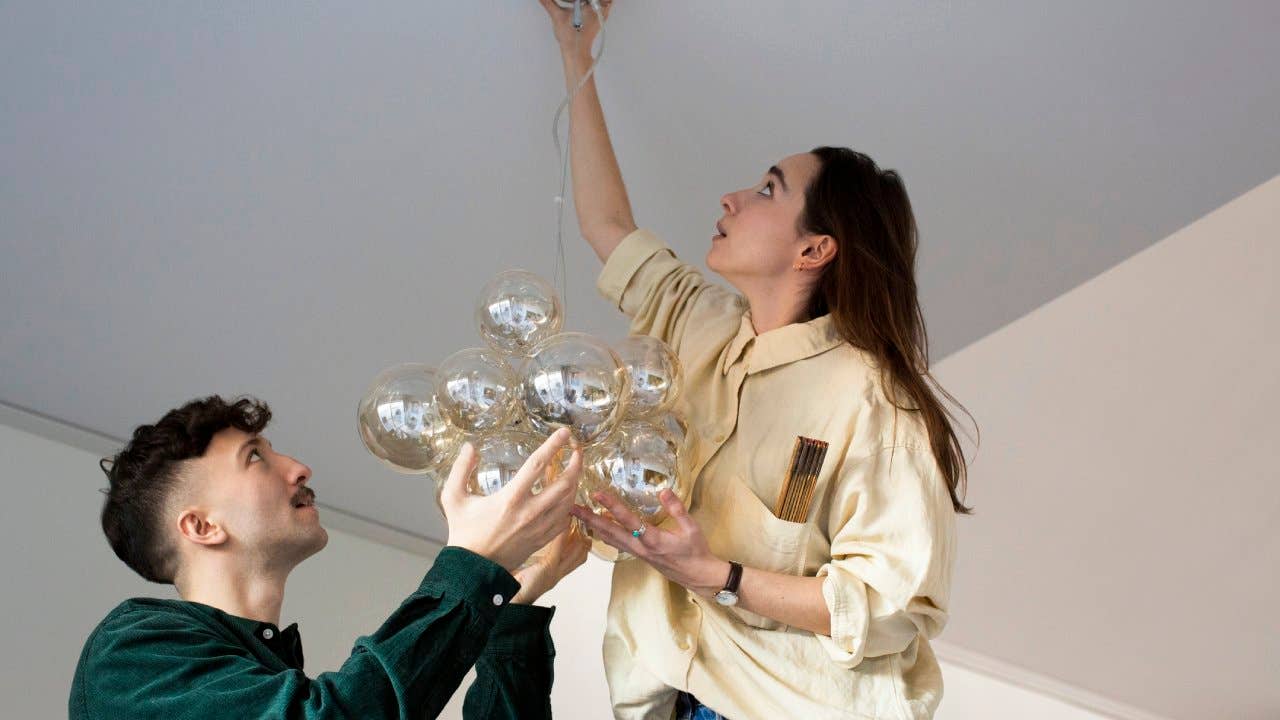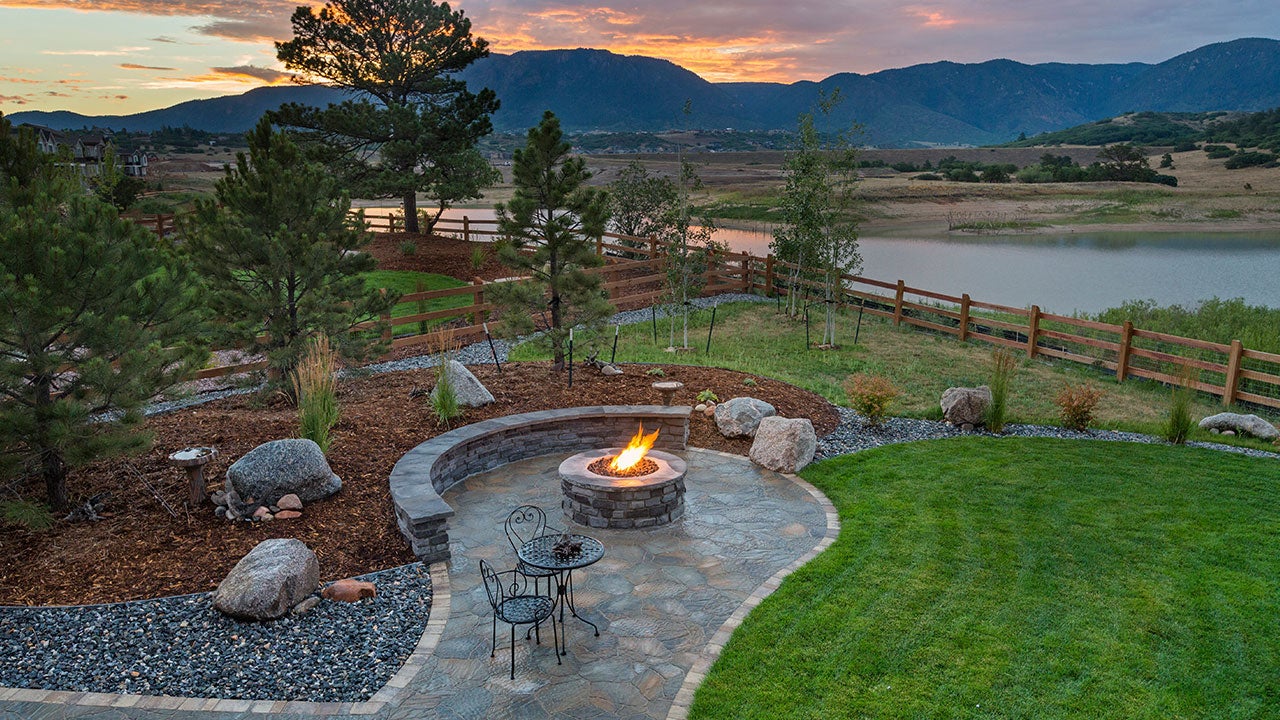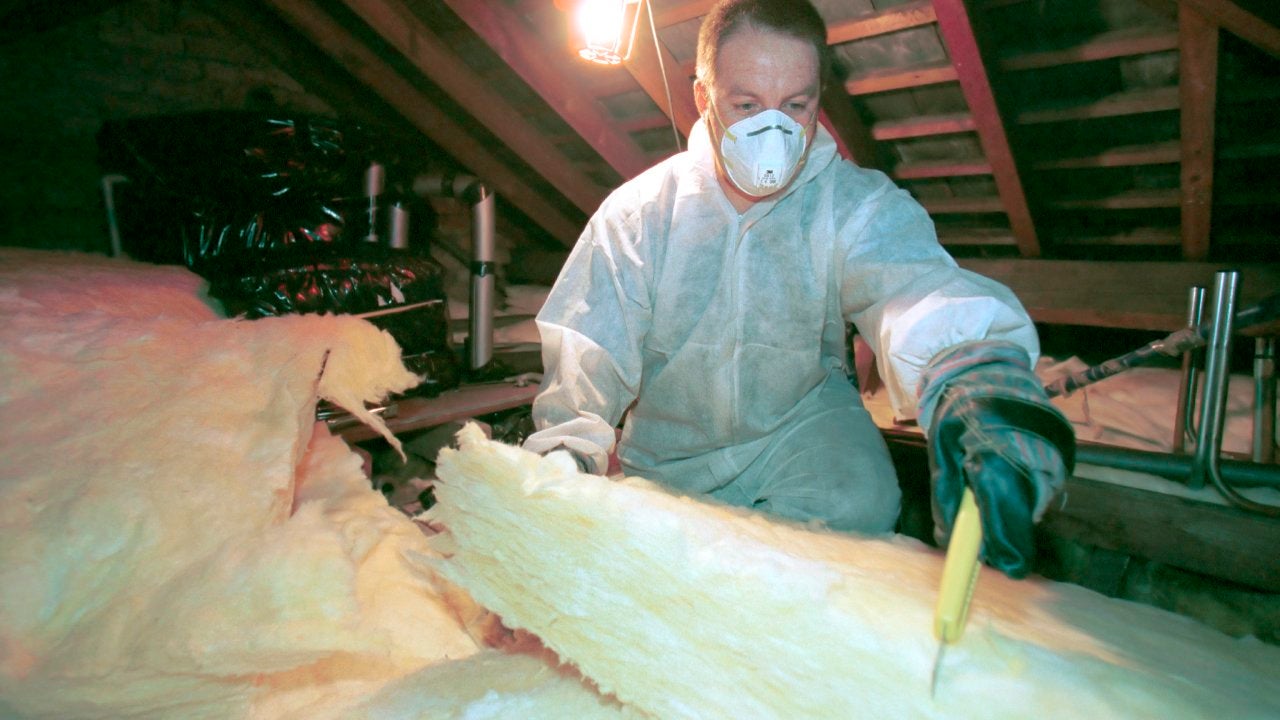5 DIY home projects for beginners

DIY home projects can be fun, help you learn new skills, and lend a new look to your house — all while saving considerable money. According to data from the U.S. Census Bureau’s 2019 American Housing Survey, the cost of hiring a professional to do home renovations and repairs is at least double, and sometimes triple or even quadruple, the cost of doing it yourself. But where do you begin if you’ve never done a DIY project and don’t know a hawk from a handsaw?
The key is to start small and slowly build confidence. Here are five DIY projects for beginners — ranked roughly in order of skills required — that are relatively easy, affordable and even enjoyable.
Paint a room
- Why it’s ideal for DIY beginners: Painting a room is perhaps the easiest and most affordable of home improvement projects, not to mention the simplest way to give any space a facelift. Unlike some other DIY projects, you can’t go too wrong with paint. If you don’t like the result, you just start over.
- What you’ll need: You don’t need too many tools to paint a room, but you will want to invest in a high-quality paint brush set, roller and pan, and cleaning equipment. A wall paint kit can be bought at the department store for as little as $20. Depending on the type and quality of paint, a gallon can set you back by $20 to $100.
- What you’ll save: Painting a room yourself will cost you between $1 and $3 per square foot, which is nearly half the expense of a professional. You will also need at least two gallons of paint; though often recommended, primer is optional if your walls were already professionally painted and are in fairly good shape. To save more money, you could try borrowing paint tools from friends or neighbors.
- What to watch out for: A DIY paint job only works when the walls are in good condition and don’t need any more than a change of color. However, if there are serious stains, corrosion, mold, or cracks, hiring a pro may be the wiser move.
Replace a window screen
- Why it’s ideal for DIY beginners: Whether due to age, a storm, or a fallen branch, torn window screens are a common occurrence for any homeowner. But replacing them doesn’t require any specialized skill, or even much strength.
- What you’ll need: A new screen, a flat-head screwdriver, and a spline roller are all you need for replacing a window screen. Plus, these cheap tools last forever, so the next time you need to replace another screen, you’ll already have the equipment on hand.
- What you’ll save: Professional window screen replacement or repair costs an average of $306, according to HomeAdvisor. While labor is only about a third of the overall tab, it still works out to more than the $20 to $80 that easy-to-install pre-assembled screens cost.
- What to watch out for: If your windows are very high and you don’t have the means to safely reach them, or if they are an unusual size or shape, consider getting a professional for the job. Pre-assembled screens only fit standard-size windows.
Refresh caulking
- Why it’s ideal for DIY beginners: Refreshing dirty or moldy-looking caulking around the shower, bathtub, or sink requires only a few tools, and no super-specialized training — just a steady hand. Mainly, what you have to do is remove the existing caulking and then use a caulk gun to lay a new line.
- What you’ll need: The tools needed for re-caulking the bathroom include a caulk gun, putty knife, scraper, caulk remover, and caulk with additives to prevent mold and mildew.
- What you’ll save: Professional recaulking by a handyman can cost $100 to $500 per 125 feet, or $0.15 per linear foot, according to Porch. While you do have to buy supplies, they last for years and can be used multiple times, if stored properly.
- What to watch out for: If you’re using silicone caulk, the odor can be overpowering and cause irritation and even lightheadedness. It generally takes the smell a couple of hours to dissipate. Don’t forget to invest in gloves: You should never use caulk with bare hands since it can cause burns and peel off the skin.
Build a shelf
- Why it’s ideal for DIY beginners: Construction is a more advanced category, granted, but as woodworking projects go, building a custom shelf is a relatively simple one — no complex designs — and so good to start with.
- What you’ll need: Plywood, drill, circular saw, wall anchors, nail guns, and studs. If the idea of power saws sounds scary, you can always have the lumber supplier or a home improvement store cut the shelves for you, based on your specs. Or even buy ready-made ones.
- What you’ll save: Cabinetry is a fairly labor-intensive project: According to HomeAdvisor, custom shelving by a professional carpenter can cost as much as $4,000, depending on the type of shelf and materials used. In contrast, if you DIY, you have only materials and equipment costs. Plywood comes in cabinet grade and construction grade and priced by each sheet or panel. The cost will depend on the thickness and the type of wood you choose, but the average range is around $5 to $40 per sheet. A circular saw is priced between $50 and $200, and you can buy different blades separately. A nail gun costs $80 to $300 on average.
- What to watch out for: Measurement is key here. Make sure to properly measure the boards and mark the spots for brackets or anchors before installing them. Also consider the weight of the items the shelves will hold before you begin; you might have to use the wall studs for support.
Change light fixtures
- Why it’s ideal for DIY beginners: If you have the time and a little familiarity with wiring, you could save a ton in labor costs by replacing a ceiling or wall light fixture. As electrical jobs go, this is an easier one because you’re just hooking up the fixture to existing wiring, not installing anything new.
- What you’ll need: Pliers, 4-in-1 screwdriver, needle-nose pliers, voltage tester, wire cutter, ground screw, electrical tape, and step ladder are some of the tools required. All of these can be easily purchased at a hardware store, if you don’t have them already.
- What you’ll save: Electricians are expensive. A professional light fixture installation can cost an average of $80 an hour or $527 per project, according to HomeAdvisor. Small lights can cost less than $100, but intricate fixtures can go up to a few thousand dollars.
- What to watch out for: Of course, you know to turn the power off before you do anything. Even so, working with electricity always carries some risk. If, once you expose them, the wires look badly frayed or damaged in some way, do not attempt this. Make sure the new light fixture is the same size as the old; if it doesn’t fit the space, do not attempt this. And never try to install a fixture in a new spot where none previously existed. These are all jobs for the licensed pros.
The bottom line on beginner DIY projects
DIY home renovation jobs can save you a lot of money and offer a lot of satisfaction. Beginners will always have a learning curve, of course. But while it’s good to stretch, know your limitations — especially if it’s a project that deals with power tools or electricity — and it is always wise to know where to draw the line, and when to call in the professionals.






